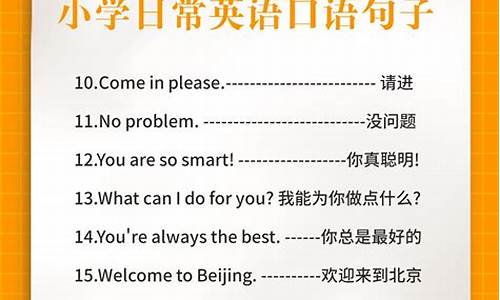Essential Skills and Tools for English Oral Translation
In today's interconnected world, the ability to translate English orally is a valuable skill. Whether you're traveling abroad, conducting business with international partners, or simply communicating with non-native English speakers, oral translation proficiency can open doors and facilitate understanding. This article explores the fundamental skills and tools necessary for mastering English oral translation.
Understanding Cultural Nuances
Cultural sensitivity is paramount in oral translation. Beyond language fluency, translators must grasp cultural nuances to accurately convey meaning. This involves familiarity with customs, idiomatic expressions, and social norms. Tools such as cultural guides, ethnography resources, and language immersion programs aid in developing this awareness.

Language Proficiency and Fluency
Fluency in both the source and target languages is essential for effective oral translation. Translators should possess a strong grasp of grammar, vocabulary, and pronunciation in English, as well as the language they are translating into. Language learning apps, conversation groups, and pronunciation guides are valuable resources for honing linguistic skills.
Utilizing Translation Technology
Advancements in technology have revolutionized the translation process. Translators can leverage tools such as speech recognition software, online dictionaries, and translation apps to enhance accuracy and efficiency. Additionally, machine translation services offer quick reference points, although human oversight remains crucial for context and clarity.
In conclusion, mastering English oral translation requires a combination of linguistic proficiency, cultural awareness, and technological savvy. By honing these skills and utilizing appropriate tools, individuals can bridge language barriers and facilitate effective communication in diverse contexts.



